MENA (중동 및 북아프리카) 지역의 바이오비료는 지속 가능한 농업 관행에 대한 인식 증가, 바이오 기반 제품을 장려하는 정부 주도, 환경 문제 증가와 같은 다양한 요인으로 인해 상당한 성장을 보이고 있습니다. 바이오비료는 살아있는 미생물을 함유한 유기 물질로, 씨앗, 식물 표면 또는 토양에 적용하면 식물의 근권 또는 내부에 군집을 이루고 숙주 식물에 주요 영양분의 공급 또는 가용성을 증가시켜 성장을 촉진합니다. 바이오비료는 토양 건강 개선, 환경 오염 감소, 작물 수확량 증가 등 화학 비료보다 여러 가지 장점을 제공합니다.
MENA 바이오 비료 시장에 대한 통찰력 확보 – https://univdatos.com/reports/mena-bio-fertilizer-market?popup=report-enquiry
MENA 지역에서 바이오비료에 대한 수요는 주로 기존 농업 관행으로 인해 토양 황폐화 및 물 부족 문제가 발생한 건조 및 반건조 지역에서 토양 비옥도 및 농업 생산성을 개선해야 할 필요성에 의해 주도됩니다. 또한 화학 비료에 대한 의존도를 줄이고 지속 가능한 농업 관행을 수용하려는 지역의 노력은 바이오비료의 채택 증가와 일치합니다. 이집트, 사우디 아라비아, 모로코 및 UAE를 포함한 MENA 지역의 여러 국가에서 바이오비료의 생산 및 채택을 향상시키기 위한 연구 개발 이니셔티브에 투자하고 있습니다. 농업에서 바이오 기반 제품의 사용을 장려하는 정부 정책 및 보조금은 시장 성장을 더욱 촉진하고 있습니다. MENA 바이오비료의 주요 업체로는 다양한 작물 및 토양 유형을 대상으로 하는 광범위한 제품을 제공하는 국내 및 국제 기업이 있습니다. 이들 기업은 제품 혁신, 전략적 파트너십 및 유통 네트워크 확장에 주력하여 시장에서 경쟁 우위를 확보하고 있습니다.
MENA 바이오 비료 스타트업에는 다음과 같은 주요 업체와의 경쟁 환경이 포함됩니다.
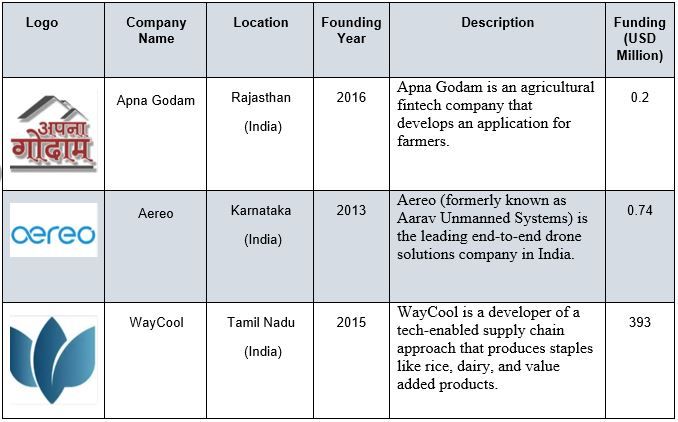
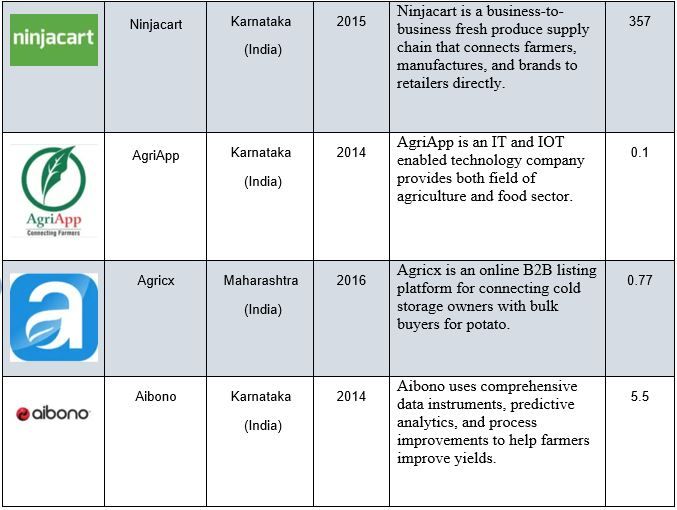
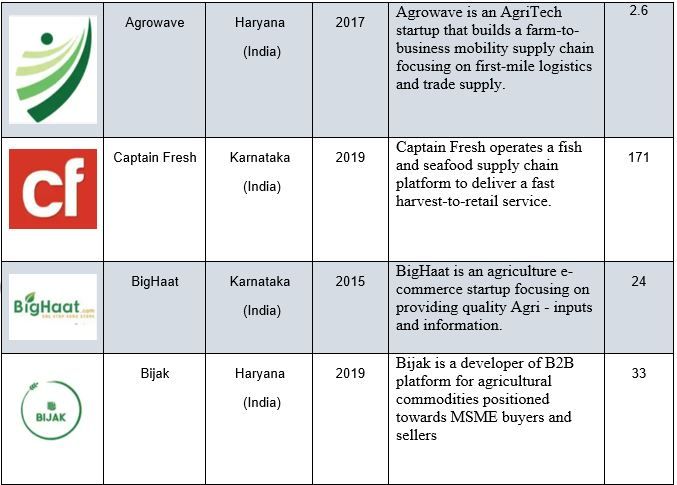
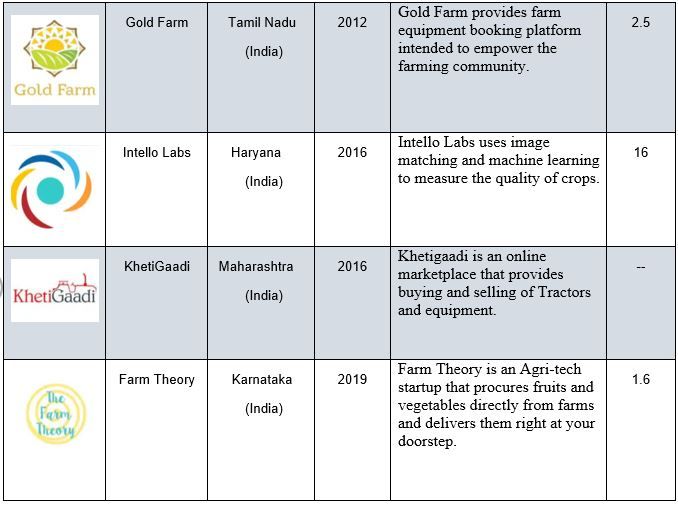
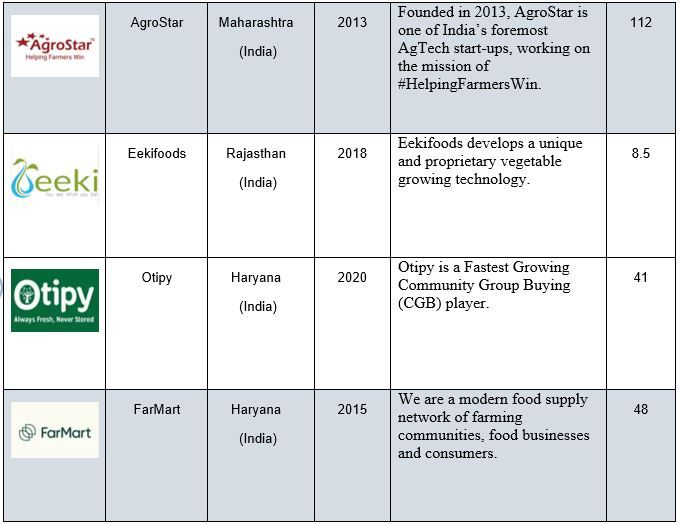
주요 개발 사항
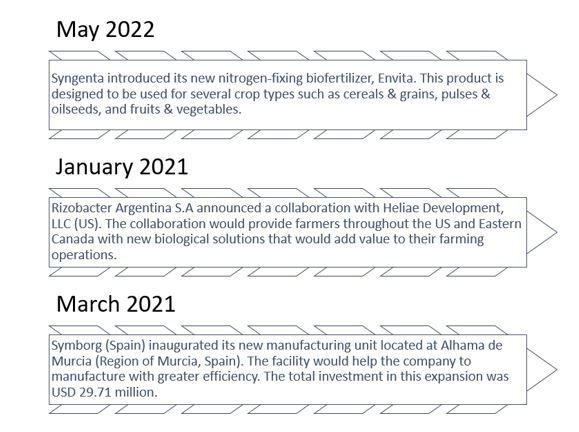
결론
결론적으로 MENA 바이오비료 시장은 역동적인 요인들이 성장 궤도를 추진하는 유망한 환경을 제시합니다. 기존 농업 방식의 부정적인 영향을 완화해야 하는 당위성과 환경 문제의 심화로 인해 주도되는 지속 가능한 농업 관행에 대한 인식이 높아지면서 바이오 기반 솔루션으로의 눈에 띄는 변화가 나타났습니다. 이러한 전환은 친환경적인 농업 투입재의 채택을 장려하고 바이오비료의 확산에 도움이 되는 지원 규제 프레임워크를 조성하는 것을 목표로 하는 정부의 적극적인 이니셔티브에 의해 더욱 강화됩니다. 건조 및 반건조 기후가 지배적인 이 지역의 고유한 농업 환경은 토양 비옥도, 물 보존 및 작물 복원력을 향상시키는 개입의 중요한 필요성을 강조합니다. 바이오비료는 토양 건강 및 영양분 가용성 개선부터 환경 오염 감소 및 작물 수확량 향상에 이르기까지 다각적인 이점을 제공하는 설득력 있는 솔루션으로 부상하고 있습니다. 이해 관계자들이 지속 가능한 농업 개발을 촉진하는 데 있어 바이오비료의 본질적인 가치를 점점 더 인식함에 따라 시장은 수요가 현저하게 증가하고 있습니다. 앞으로 MENA 바이오비료 시장은 수요 증가와 혁신을 주도하는 유리한 요인들의 융합으로 인해 지속적인 확장이 예상됩니다.
정부가 지속 가능한 농업 개발 의제를 계속 우선시하고 소비자가 환경을 의식하는 관행으로 점점 더 기울어짐에 따라 시장은 가까운 장래에 강력한 성장을 보일 것으로 예상됩니다. 공공 및 민간 부문 간의 협력 촉진, 기술 발전 활용, 환경 의식 문화 육성을 통해 이해 관계자는 MENA 바이오비료 시장을 보다 친환경적이고 지속 가능한 미래로 집단적으로 이끌 수 있으며 “MENA 바이오 비료 시장” 보고서에 따르면 2022년 시장 규모는 7,800만 달러로 평가되었으며 2023년부터 2030년까지 예측 기간 동안 연평균 복합 성장률(CAGR) 12.75%로 성장하여 2030년에는 000만 달러에 이를 것으로 예상됩니다.
콜백 받기
